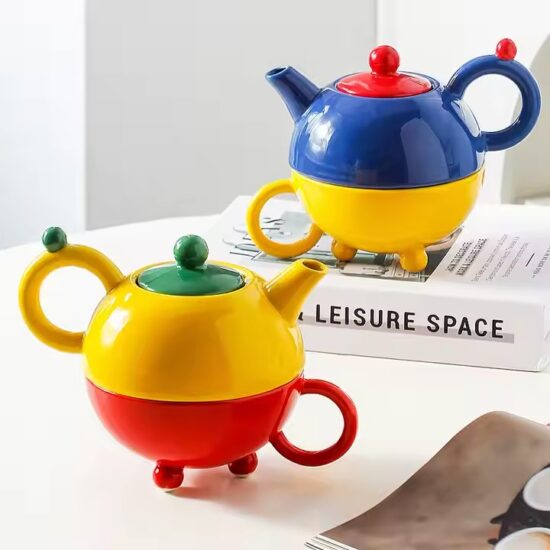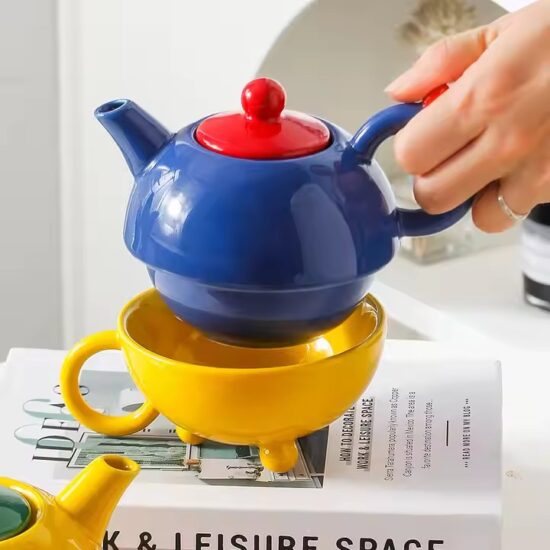bob@nbdho.com
Effects of Different Glazes on Ceramic Teapot Performance: A Comprehensive Guide
Effects of Different Glazes on Ceramic Teapot Performance
Introduction
Glazing is a critical step in the production of ceramic teapots, as it affects not only their appearance but also their functionality and longevity. Different types of glazes can change the teapot’s heat retention, durability, texture, and even the taste of brewed tea. This article delves into the effects of various ceramic glazes on teapot performance to help manufacturers, wholesalers, and tea lovers make informed choices.
1. Glossy Glaze
Glossy glazes provide a smooth, shiny surface that enhances the color and pattern of ceramic teapots.
Effects:
-
Enhances aesthetic appeal with bright, vibrant finishes
-
Creates a non-porous surface that is easy to clean and resistant to stains
-
Improves durability by protecting the teapot body from scratches and wear
-
May cause slight heat retention differences compared to matte finishes
2. Matte Glaze
Matte glazes offer a soft, non-reflective finish with a subtle texture.
Effects:
-
Provides a natural, elegant look with a tactile feel
-
Less prone to showing fingerprints and smudges
-
Slightly more porous, which may affect stain resistance if not properly sealed
-
Can absorb more heat, potentially influencing the tea’s brewing temperature
3. Satin or Semi-Matte Glaze
Satin glazes strike a balance between glossy and matte finishes.
Effects:
-
Offers a soft sheen that is visually appealing and practical
-
Combines easy cleaning with a warm, natural aesthetic
-
Provides moderate resistance to stains and scratches
4. Crackle Glaze
Crackle glaze features fine, intentional cracks on the surface, creating a unique decorative effect.
Effects:
-
Adds an artistic, vintage appearance favored by collectors
-
Each teapot is unique due to the random crack patterns
-
Requires careful sealing to prevent liquid penetration and staining
-
May influence thermal expansion, so proper firing is essential
5. Reactive Glaze
Reactive glazes produce dynamic, unpredictable color variations during firing.
Effects:
-
Creates one-of-a-kind patterns and textures
-
Adds depth and richness to the teapot’s appearance
-
Often used in artisanal and high-end ceramic teapots
-
Slight variability between batches can affect consistency
6. Metallic and Luster Glaze
Metallic glazes offer shiny, reflective surfaces with a luxurious feel.
Effects:
-
Adds elegance and eye-catching visual appeal
-
Often used for decorative or limited-edition teapots
-
May require special firing conditions and handling
-
Not always microwave or dishwasher safe
Conclusion
The choice of glaze significantly impacts the performance and aesthetics of ceramic teapots. Whether prioritizing durability, ease of cleaning, or artistic expression, understanding glaze effects enables better product design and customer satisfaction. Manufacturers and wholesalers can leverage different glaze types to cater to diverse market preferences and enhance product value.
If you want to learn more about ceramic teapot glazing options or customize your teapot products, feel free to contact us!

